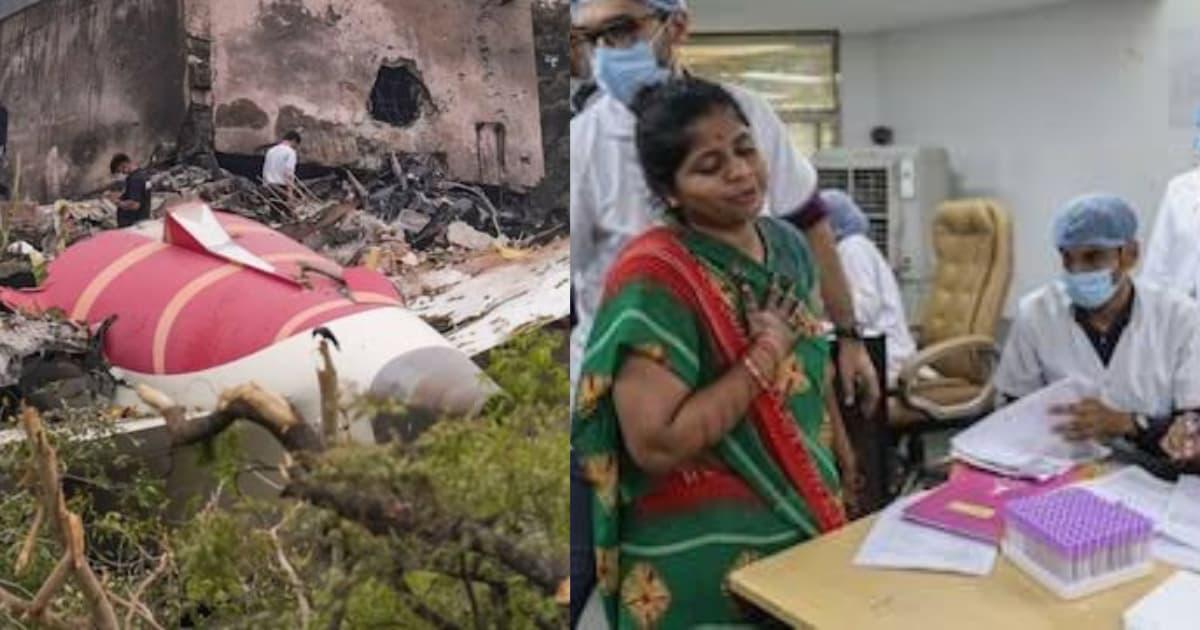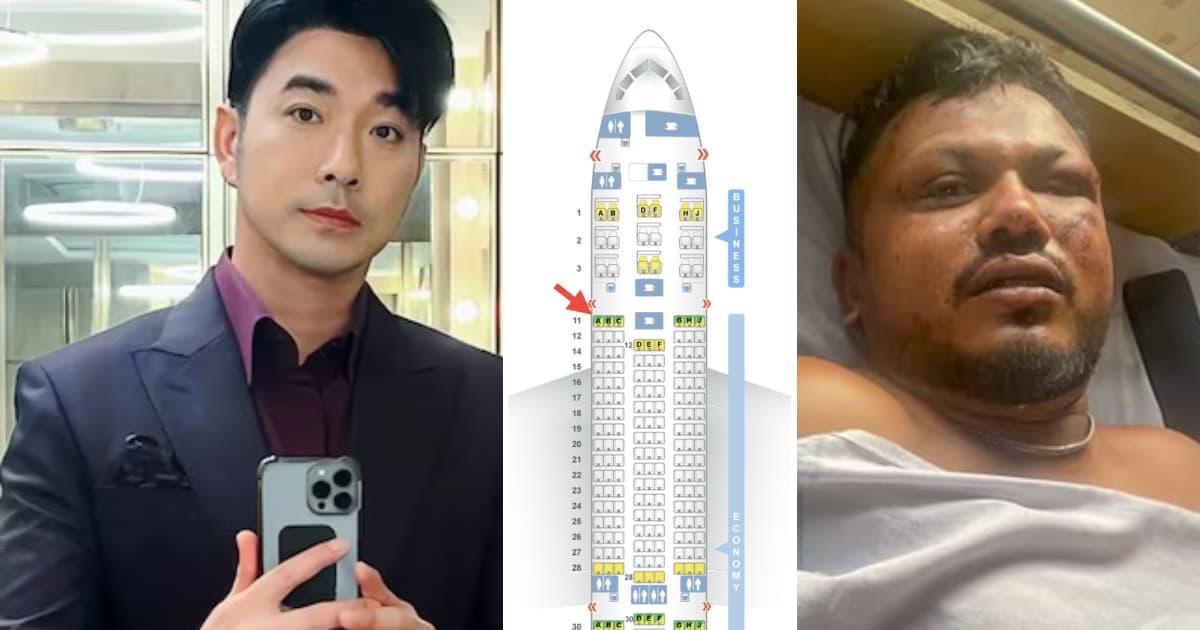
Ahmedabad Plane Crash: Death Toll Reaches 274; DNA Collection Underway to Identify Charred Victims
Ahmedabad: The death toll in the catastrophic Ahmedabad plane crash has risen to 274, including 33 people on the ground, officials confirmed on Saturday. The crash of Air India Flight AI-171, bound for Gatwick Airport in London, is now being termed the worst air disaster in India in over three decades.
Among the 242 passengers on board, only one person survived the devastating crash, which occurred shortly after takeoff on Thursday morning, when the aircraft plummeted into the premises of BJ Medical College near Sardar Vallabhbhai Patel International Airport.
Identification Through DNA the Only Hope
The scale and intensity of the inferno that followed the crash left the victims’ bodies charred beyond recognition. In what is now a massive forensic effort, the collection of DNA samples from the families of the deceased continues at BJ Medical College.
Over 250 DNA samples have already been collected, and officials stated that the identification process is entirely dependent on these samples, given the condition of the remains. Grieving relatives from across the country are arriving in Ahmedabad to provide their DNA in the hope of claiming their loved ones’ remains.
Black Box Recovered from Rooftop
In a significant development on Friday, a probe team from the Aircraft Accident Investigation Bureau (AAIB) located the aircraft’s Digital Flight Data Recorder (DFDR)—commonly known as the Black Box—on the rooftop of the medical college hostel. Investigators believe this discovery is key to reconstructing the final moments of the ill-fated flight.
The DFDR will be examined alongside the Cockpit Voice Recorder, air traffic control logs, maintenance records, and witness accounts to determine the precise cause of the crash. Initial reports suggest no immediate signs of mechanical failure, but investigators have not ruled out technical, human, or environmental factors.
Government Constitutes High-Level Inquiry Panel
Responding to the magnitude of the tragedy, the Union Civil Aviation Ministry on Saturday announced the formation of a High-Level Multi-Disciplinary Committee to examine not only the causes of the crash but also systemic failures in aviation safety and disaster response.
According to the ministry’s official statement, the committee will:
• Be headed by the Union Home Secretary,
• Include members from the Ministry of Civil Aviation, the Indian Air Force, and aviation safety experts,
• Have access to all investigative records,
• Submit a comprehensive report within three months.
Importantly, the panel will not replace the ongoing technical investigation by the AAIB but will focus on reviewing existing Standard Operating Procedures (SOPs), evaluating emergency response coordination, and recommending policy reforms, operational changes, and training upgrades to prevent such disasters in the future.
A Nation in Grief
The crash has sent shockwaves across the country and beyond, with tributes pouring in from global leaders. The loss of lives, including students and medical staff from the college premises, has deepened the sense of tragedy.
Survivor accounts are scarce, with only one confirmed survivor currently under critical care in a local hospital. Their testimony, along with data from the flight recorders, may offer crucial insights into what went so horribly wrong.
As rescue teams continue to comb through the wreckage and families await word of their loved ones, the nation is left grappling with yet another haunting reminder of the fragility of air safety — and the urgent need to strengthen it.
Popular Categories
Read More Articles
Travel and Tourism
The Miracle of Seat 11A: Two Survivors, 27 Years Apart, One Eerie Connection by Awadh 360° Desk June 15, 2025Travel and Tourism
Indian Railways to Prioritise Aadhaar-Linked Accounts in First 10 Minutes of Tatkal Booking Window by Awadh 360° Desk June 5, 2025Travel and Tourism
India Records 9.66 million Foreign Tourist Arrivals in 2024, Still Far Behind South East Asian Nations by Awadh 360° Desk June 3, 2025Travel and Tourism
Traffic Jam at the Top: Crowds, Chaos, and the Climb Up Mount Everest by Awadh 360° Desk June 2, 2025



